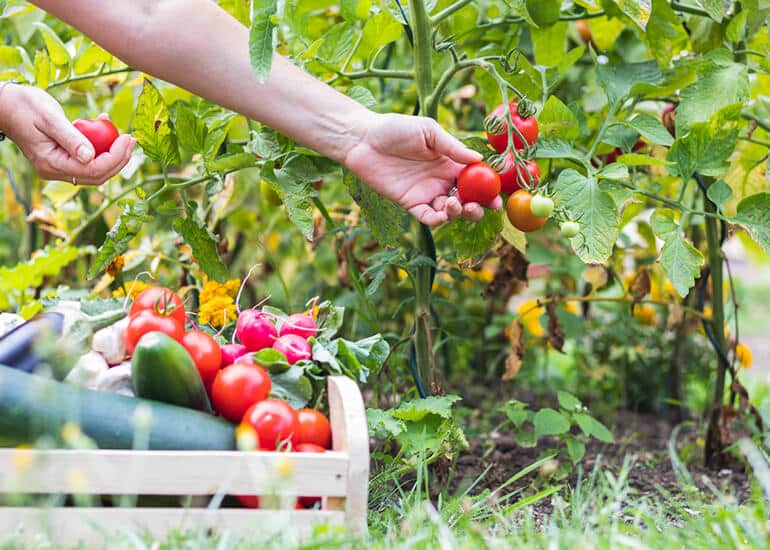
A pesticide is defined as any substance used to kill, repel or control certain insects or other organisms considered to be pests. Pesticides used frequently by home gardeners include herbicides, insecticides and fungicides to control weeds, bugs and fungal diseases, respectively. When used safely, pesticides can increase production in gardens by reducing losses caused by insects, diseases and weeds. However, the American Association of Poison Control Centers receives thousands of calls each year regarding accidental exposure to pesticides. Therefore, home gardeners must have a clear understanding of the safe usage and handling of these chemicals. Pesticides are labeled according to their predicted toxicity in humans (see table below).
Home gardeners should pay careful attention to toxicity labels on all pesticides. It is important to remember that all pesticides are toxic and have the potential to cause detrimental health effects. Always read and follow the directions on the label prior to each use. Also, keep all pesticides out of the reach of children and pets and in their original containers with the labels attached.
| Toxicity Category | Signal Word | Acute Effect | Approximate Lethal Dose in Adults (Oral Exposure) |
| I | DANGER/POISON | Highly Toxic | Few drops to 1 teaspoon |
| II | WARNING | Moderately Toxic | 1 teaspoon to 1 ounce |
| III | CAUTION | Low Toxicity | 1 ounce to 1 pint/1 pound |
| IV | CAUTION | Low Toxicity | More than 1 pint/1 pound |
Preventing exposure to pesticides during the application process is an important component of pesticide safety. Most exposure to pesticides occurs via skin absorption from splashing during mixing or overspray during application. It is recommended that personal protection equipment be worn while mixing and applying pesticides. The minimum PPE is usually defined on the label of the pesticide. Gloves, long pants, long-sleeved shirts and eye protection are examples of appropriate PPE.
Following application of the pesticide, precautions must be taken so that the clothing worn during the application process does not contaminate other household items. For example, clothing may be laundered separately from other clothing to avoid potential cross-contamination. Heavily contaminated clothing should be discarded. The symptoms of acute (short-term) exposure may differ depending on the pesticide used.
In general, symptoms may include nausea, dizziness, diarrhea, excessive sweating, mental confusion, blurred vision and vomiting. Symptoms and their severity depend on the route and amount of exposure. If you have symptoms of pesticide exposure, you should contact a medical professional. The American Association of Poison Control Centers has a network of regional poison control centers with specially trained medical professionals. You can receive professional advice 24 hours a day by calling the emergency hotline at 1.800.222.1222 or using the online help system at https://www. poisonhelp.org/help.
There is often a waiting period between the time the pesticide is applied and the time vegetables or fruit can be harvested. The length of this period depends on the type of crop, type of pesticide, and the concentration of pesticide. Read the pesticide label carefully for specific instructions related to this waiting period. Always wash fruits and vegetables prior to consumption.
This article was originally published in the Farmers and Consumers Market Bulletin Mercer Medical Moment on Wednesday, September 26, 2018.
